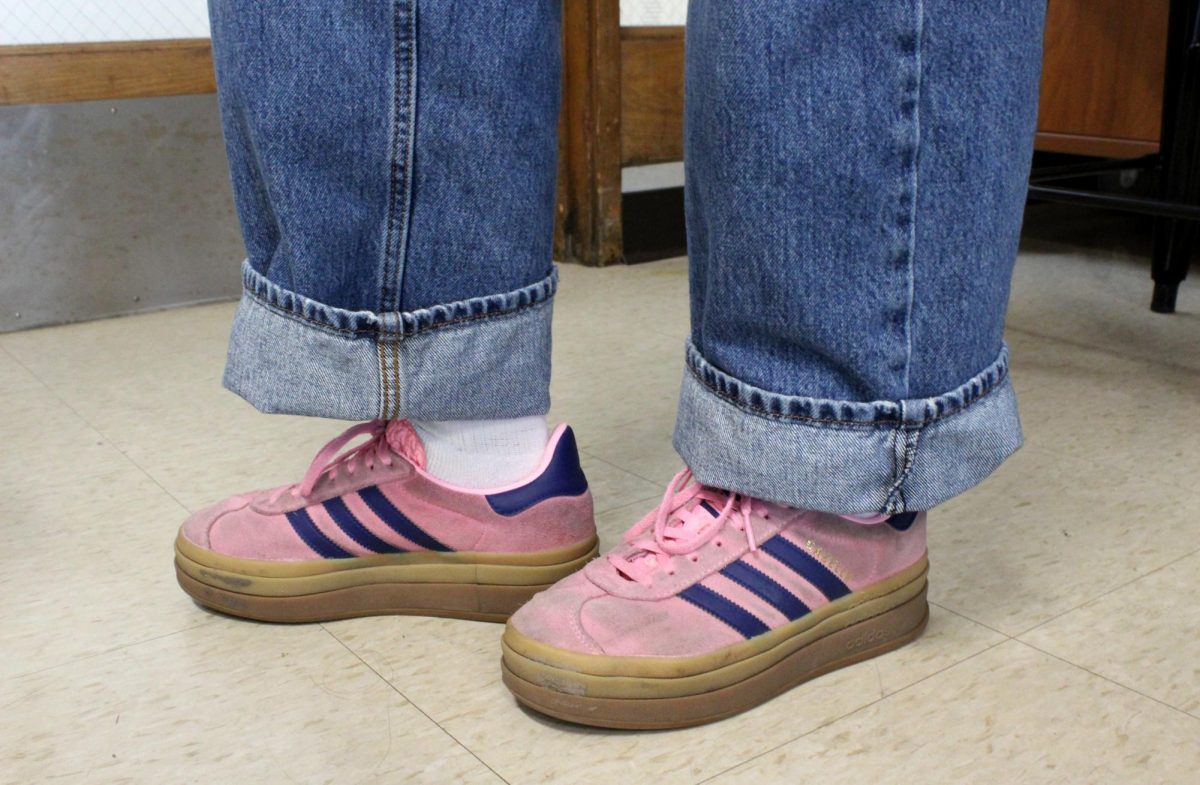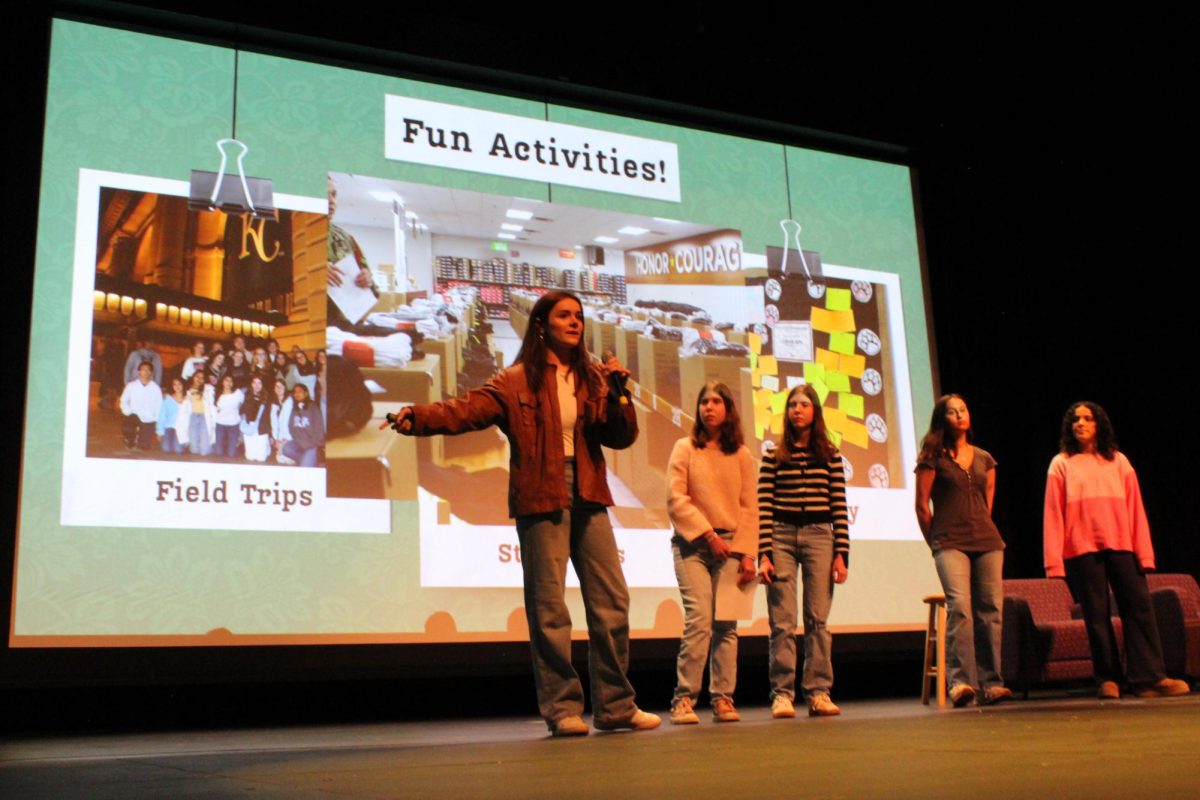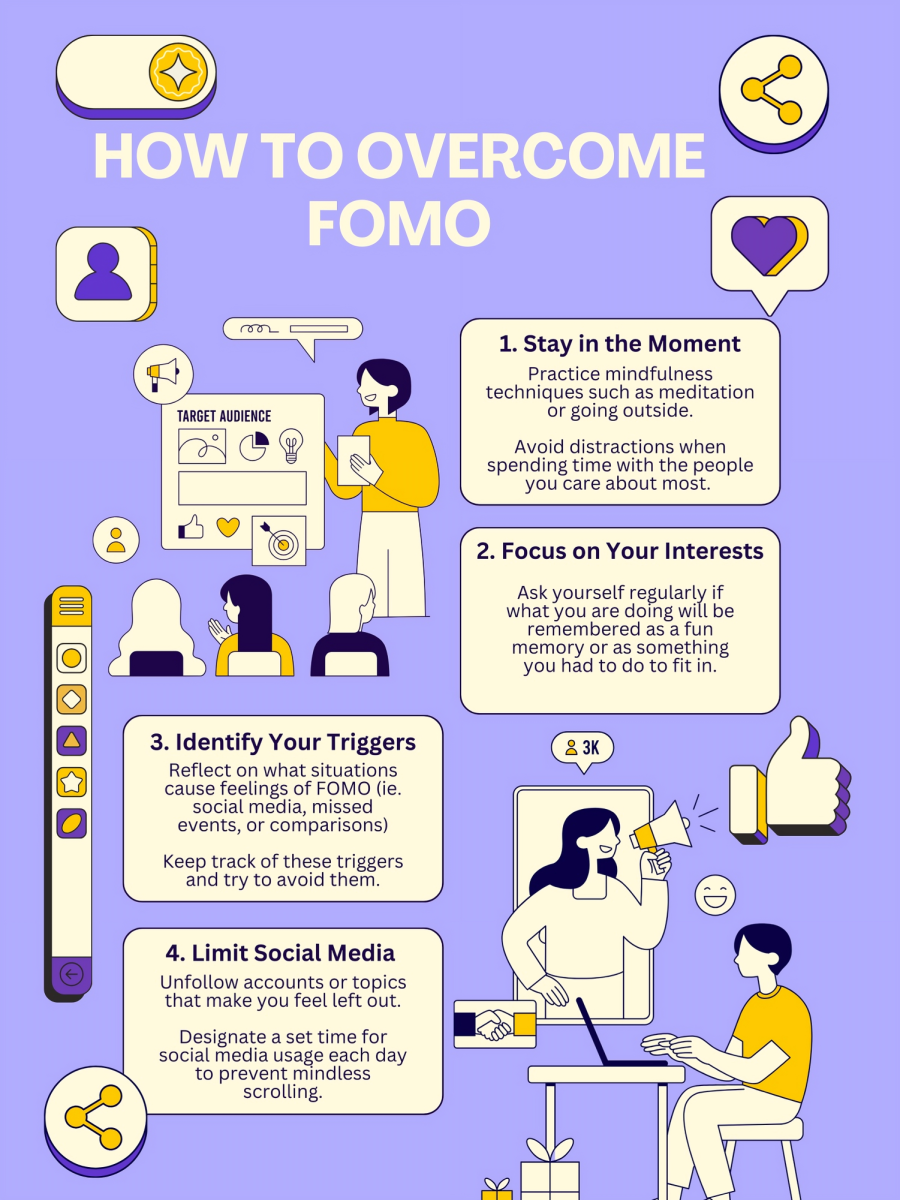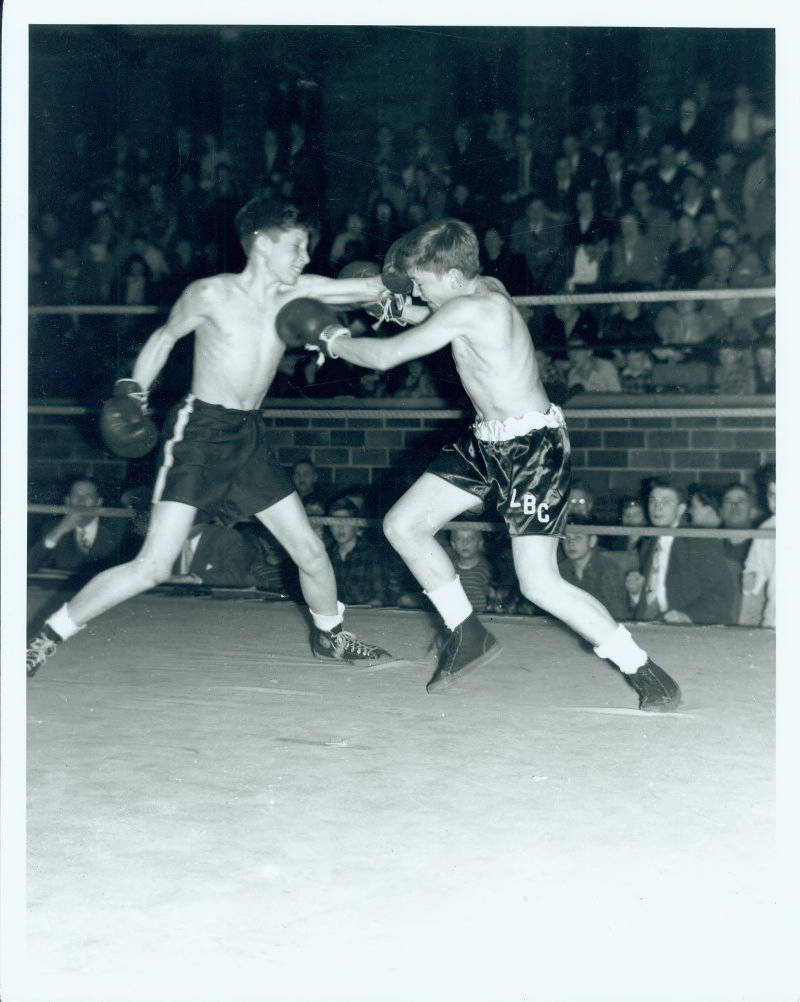There are seven hours and 20 minutes in a school day, five school days in a week, around 23 school days in a month, and more than 176 school days in an entire school year. That totals to roughly 1,298 hours the average LHS student spends inside under artificial lighting in school, and that’s not even counting going to the doctor, shopping, movie theaters, or other places that are lit with artificial lighting.
The most commonly found lighting in public spaces are CFLs (compact fluorescent lights). Fluorescents are popular in school and work settings because they use up to 75 percent less energy than other types of lighting. According to LHS’s building and grounds director Mr. Chris Stancil, LHS uses T8 lights, which are eight-inch tubular fluorescent rods, in its classrooms. Fluorescents are known for their brightness and energy conserving abilities, but they also can give off unwanted side effects to people exposed to them.
All fluorescent tubes contain mercury vapor inside of them. When the the light is turned on, once the electrical current hits the mercury vapor, the currents turn into UV rays. A team at Stonybrook University studied the effects of these rays. They found that nearly all fluorescent bulbs contain microscopic cracks in them, which allow the mercury vapor and UV rays to leak out.
The leaked UV radiation could then “initiate cell death and cause skin cancer in its deadliest form – melanoma,” their report said. Continuous exposure to the UV rays can also eventually cause degenerative eye diseases, such as age-related macular degeneration.
While those health effects are not directly noticeable while they are happening, there are some that are.
According to the European Commission of Health and Food Safety, one of the most common effects that fluorescent lights give to people are headaches and migraines. There are three factors that can induce these symptoms: the brightness of the light, a flickering bulb, or high-frequency sounds being emitted through the light.
Fluorescents are geared to light up a room while using up less energy. Many are very bright, which can give off a glare. This is especially common in a classroom setting, where walls tend to be white, with electronic screens and white paper scattered around the room. LHS school nurse Cameron Traut explained that the lack of darker colors can cause a glare, which can be a trigger towards a headache or migraine.
Traut suggested using a darker-colored paper in classes to reduce eye strain from the glare. She said that “If you put [your work] on light blue paper, then it’s a little easier on the eyes and not as harsh.”
Several varieties of fluorescents use starters to light up when first switched on. Having a starter is more common in older models of fluorescent rods. According to How Stuff Works, a website where authors and editors explain how different things work, a starter “allows [electrical] currents to flow through the filaments at the ends of the tube.” If a rod does not contain a starter, the electrical current does not always flow steadily through the rod and can cause the light to flicker. The flickering can also cause eye strain to those whose eyes are sensitive enough to pick up the flicker.
A third migraine trigger can be a high-frequency noise emitted through the bulb. Like the flicker, only people with sensitive hearing can pick up the high-frequency sounds. The buzzing is caused by the ballast, also knows as the light’s transformer. Common fluorescents use ballasts that operate at 60hz, which is high enough to create flickering and audible buzzing.
As people get older, their hearing begins to deteriorate. A common misconception is that people only begin to lose their hearing one they reach an elderly age. However, that is not the case. Starting from an age as young as 18, a process called Presbycusis begins to happen. According to Scientific American, “Presbycusis happens as a result of the cells in our ears aging naturally.” As the cells in the ears continue to age, the more difficult it can become to hear higher frequency sounds.
Freshman Sydney Donovan is one of the people who is able to hear the high-frequency sounds. They have been triggering headaches for her during the past year.
“I can’t focus,” commented Donovan on her concentration while learning at school with a headache. “I’ll get off task and won’t pay attention as much.”
While some temporary measures, such as using colored paper, can be taken to prevent some symptoms, there is a long-term solution that can be used as well. According to Healthy Schools Network Incorporated, full-spectrum lights have replaced standard fluorescents in some schools around the country. These are lights that were designed to mimic natural sunlight in intensity and color. They are considered less harsh on the eyes because their true environmental colors lessen the glare given off.
In 2012, Healthy Schools Network Incorporated conducted a two-year case study on six schools in North Carolina. The problem being tested was whether bad lighting in schools can cause health and developmental problems to the students. Some of the studied schools had standard fluorescent lighting, while others had full-spectrum lighting.
According to the study, the results showed that students who were under full-spectrum lighting had increased attendance at school, with an additional 3.3-3.8 days attended. Along with an increase in school attendance, the study found that these same students also had a decrease of tooth decay by nine percent, and grew an average of 2.1 centimeters taller than students not exposed to full-spectrum lighting. This was a result of receiving additional vitamin D from these lights.
Results from another clinical trial conducted in 2006 by Capital E, a European venture capital fund solely specialized in electronics and materials, had similar positive results. According to their findings, they concluded that having natural lighting could raise students’ test scores and learning rates by 10-21 percent.
LHS itself is in the process of replacing some of the fluorescent lights around the school. So far the only lights that have been replaced are the metal halide lights that once hung outside around the school. They have been replaced with new LED fixtures, which, according to Mr. Stancil, are “much more energy efficient, almost five times in some cases.”
For now, the plan is to replace the lights in the hallways of the applied arts and tech wing and in the music wing this summer. While replacing the lights, the ceiling tiles and grids will also be replaced. Mr. Stancil mentioned that the school would like to replace more, but these are the only lights that will be replaced for now, as the rest of the school will be in use for summer camp and summer school.
Sophomore Lais Boa is in favor of the possibility of replacing lights around the school. “I don’t really think that we should have dangerous lights,” stated Boa. “We should be promoting healthy living.”



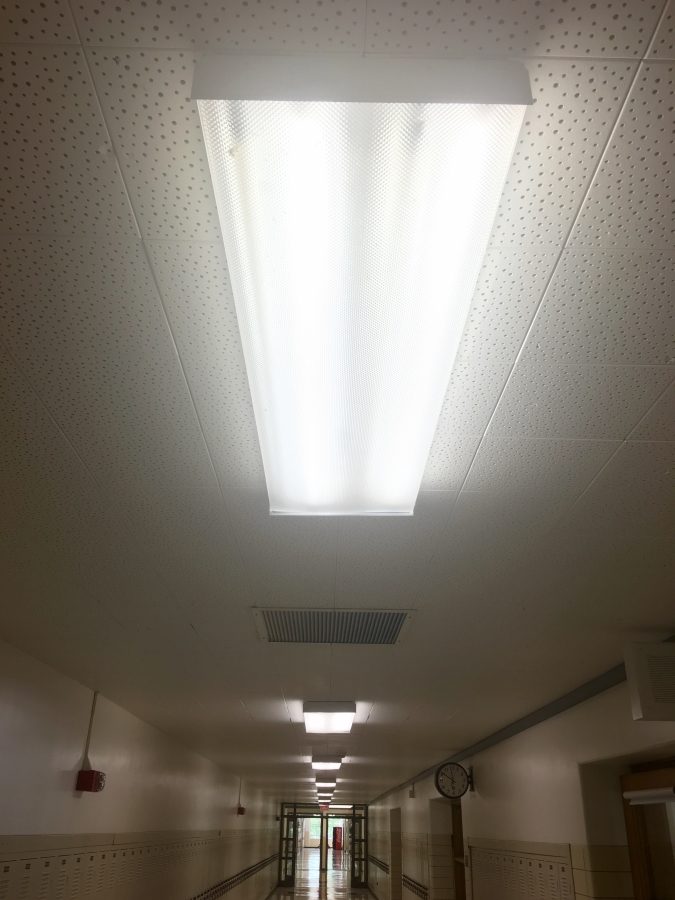
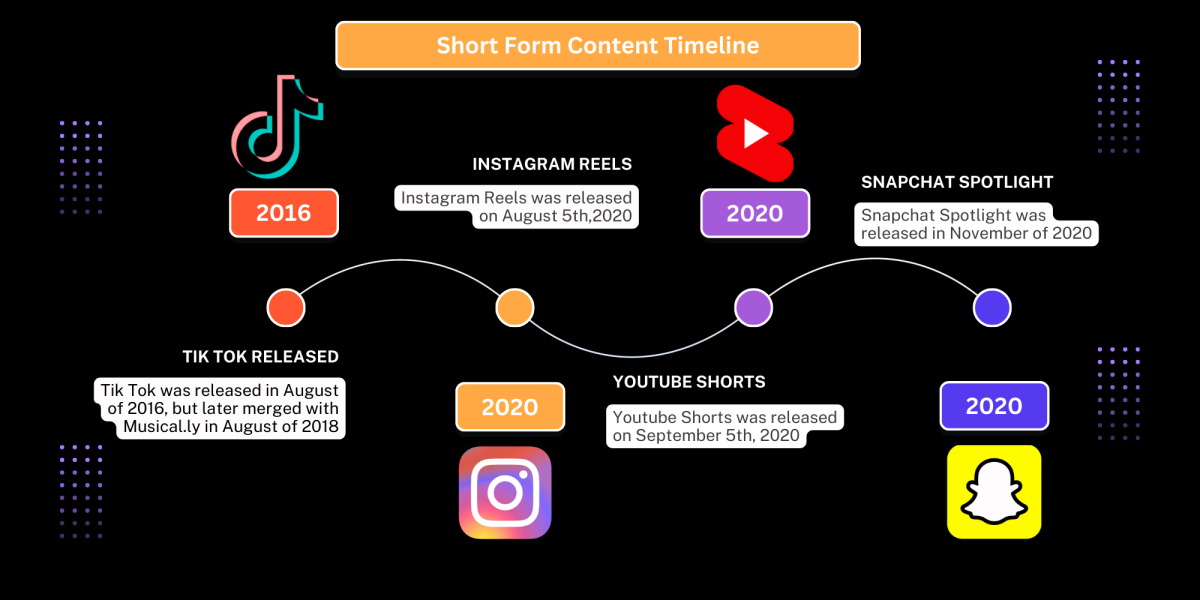

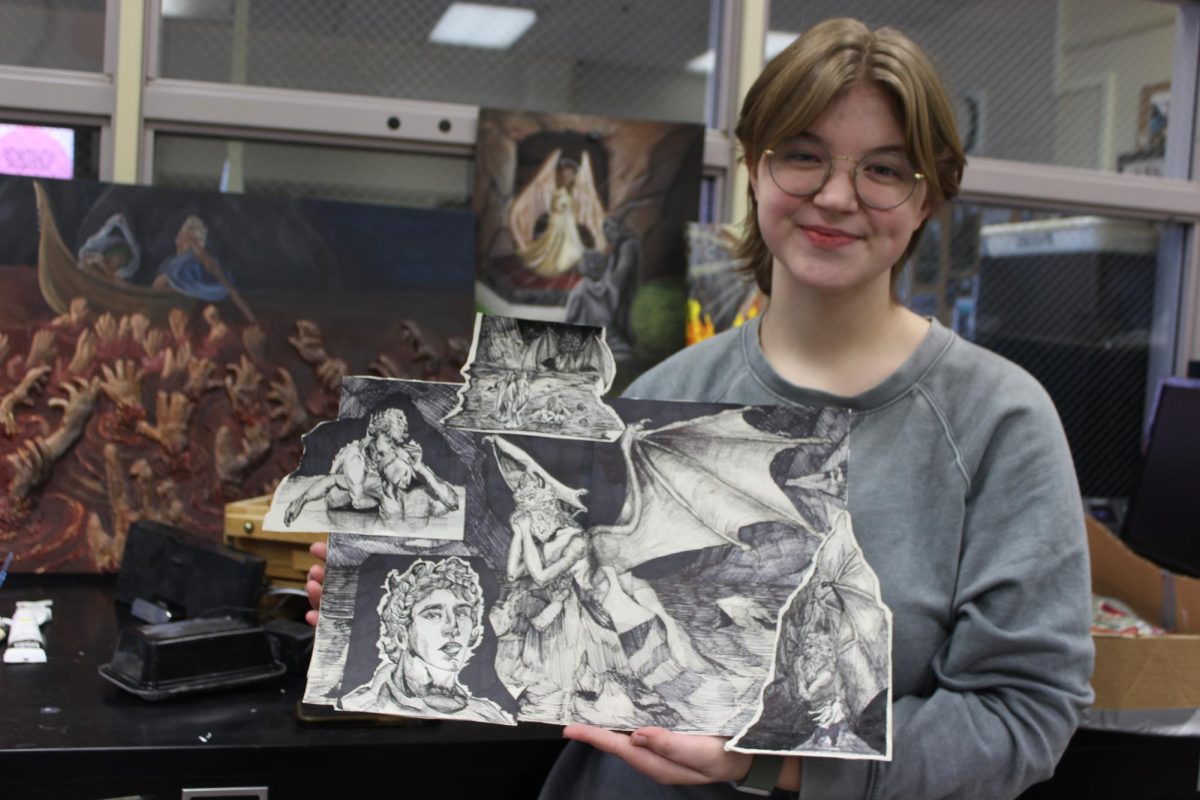
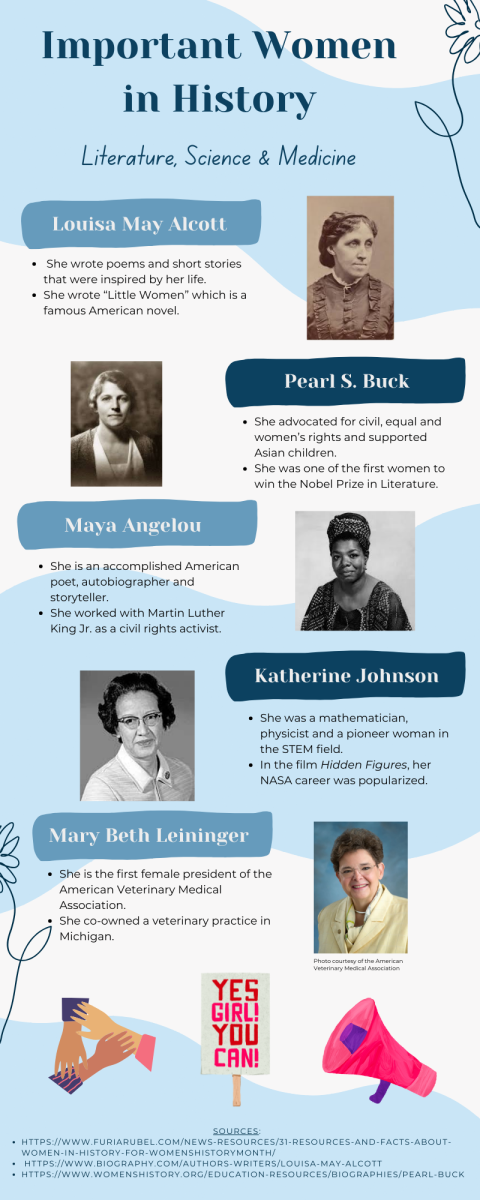
![Senior River Thompson joins the Jazz Ensemble by singing “That Old Black Magic” by Mercer and Arlen Arr. Mark Taylor, along with senior Annie Brody on guitar and junior Thomas Teixeira on bass, earning big applause. “[The concert had] great energy because it's the last [jazz concert] of the year,” Brody said.](https://www.lhsdoi.com/wp-content/uploads/2025/04/Eight-That-Old-Black-Magic-1200x800.jpg)
![Mr. Abullh Ali, manager/assistant, helps open Queen Yemeni Coffee in downtown Libertyville at 606 North Milwaukee Ave. With the help of employees such as manager and LHS senior Yousef Taha, they are able to bring the Yemeni and Ethiopian culture to Libertyville by using their Queen spices, cinnamon and cardamom in their drinks such as Adani Chai, which is inspired by Sheda, the Queen of Yemen and Ethiopia. “The history of our coffee [is] a long history and we believe that Yemen and Ethiopia started the coffee and we are bringing something unique to the community,” Mr. Ali said.](https://www.lhsdoi.com/wp-content/uploads/2025/04/Photo-1-1200x800.jpg)
